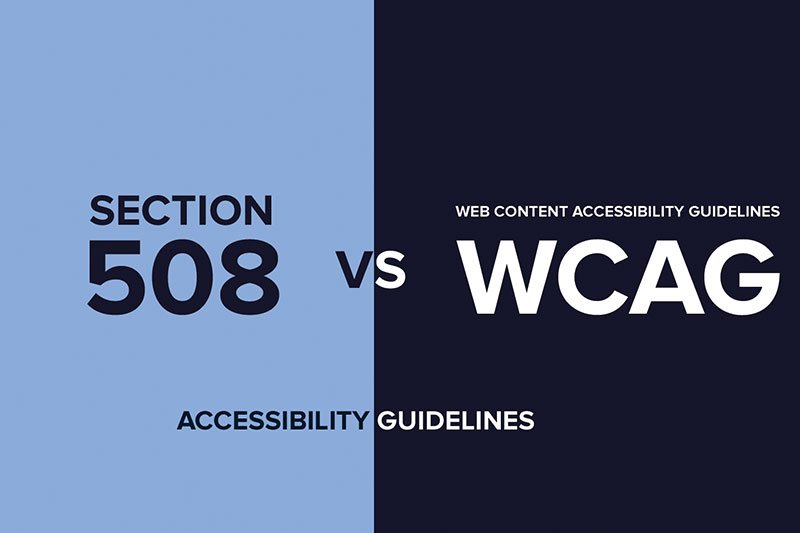What is Virtual Reality and How is it Used in the Training Sector?
3 minutes to read

Introduction
Virtual reality is an immersive technology. It can transport users into a simulated environment, which can make the regular learning experience more exciting. It can be used for various purposes, such as employee training or in higher education, to make difficult concepts easier to understand. Specifically designed software and hardware, like VR headsets, help participants engage in realistic scenarios. This prepares participants for real-life challenges with a unique blend of sensations like sight, sound, and even tactile senses to create a more memorable experience, which is retained better than traditional training experiences.Benefits of Virtual Reality for Employee Training
Various benefits make virtual reality in job training stand out from other methods. Some of the benefits are as follows:-
Studies have shown that employees trained using virtual reality can retain the skills and knowledge much more easily.
-
Employees can easily practise life-threatening skills without causing any damage to themselves or others in a safe environment.
-
These lessons can be repeated to allow employees to practise their skills satisfactorily without too much hassle.
Applications of Virtual Reality in Employee Training
Many industries across the globe have wholeheartedly accepted virtual reality to train employees. It has turned out to be revolutionary for them.For instance, virtual reality in job training has come in extremely handy in fields like healthcare (where medical professionals often face life-and-death situations) and manufacturing (where machine operations need to be handled with precaution and knowledge, otherwise, it can prove to be fatal for everyone around).
Virtual Reality in Job Training Programs
Virtual reality is especially useful in job training. For example, in aviation, pilots can take this immersive learning route to understand flight simulations. VR can easily replicate real-life conditions without creating any risk, preparing pilots for emergencies of all types.Similarly, emergency responders like police officers can also train themselves in crisis management and ensure they are well-equipped for real-world crises.
Even companies like Walmart have utilised virtual reality to train their employees, helping them master customer service and operational procedures.
Challenges in Implementing Virtual Reality in Training
The benefits of virtual reality are quite amazing, to say the least. However, there are a few drawbacks to it:-
The initial investment cost an organisation has to incur will be quite high.
-
Some people can be hesitant to embrace newer technologies or may find them very confusing.
-
The tech required for virtual reality-based training may not be available in less developed sections.
The Future of Virtual Reality in Employee Training
As technology continues to advance, the future of virtual reality in employee training looks promising. VR will probably get more affordable and sophisticated with time. This blending of two different worlds, i.e., real and virtual, can enhance training methodologies, offering a richer learning experience.Have you tried virtual reality in job training or employee training yet? You can partner with Zilliobit and access the ideal virtual reality resources for your organisation. Contact us and start the learning and upskilling process today!
Ready to amplify learning with virtual reality?
Let’s Talk


